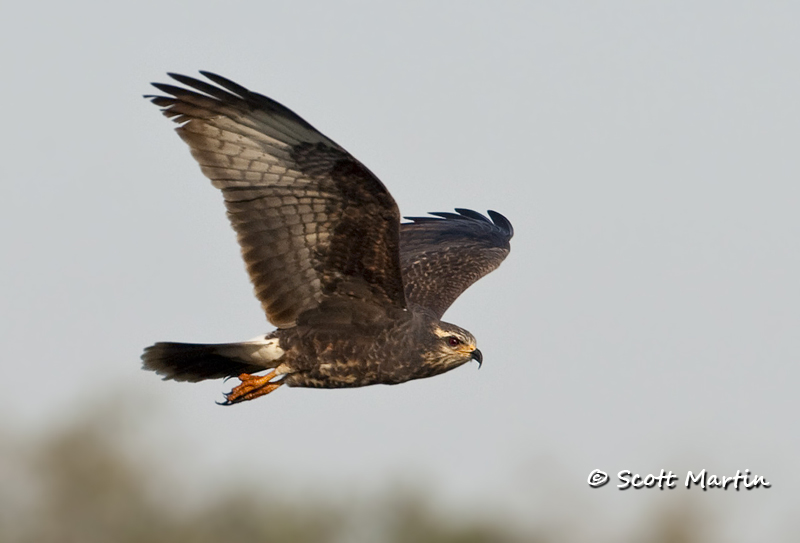
by Scott Martin Photography | May 18, 2011 | Birds, Blog, Raptors
For those of you who follow this blog regularly, please accept my apologies for all the Snail Kite entries. You will be glad to know I’m getting near the end of them. Snail Kites have been a fascination for me since first photographing one at Joe Overstreet in Florida about five years ago. This year we chartered a boat on Big Lake Toho and were blessed with great light and lots of Snail Kites to photograph. The following is another series of in flight images, all taken hand held with a 500mm lens from Captain Rick’s boat.
The Snail Kite is a locally endangered species in Florida where it is estimated that there are less than 400 breeding pairs. They eat Apple Snails almost exclusively.

The next shot is of an adult male with some nest building material. The adult male is a wonderful steel blue colour.
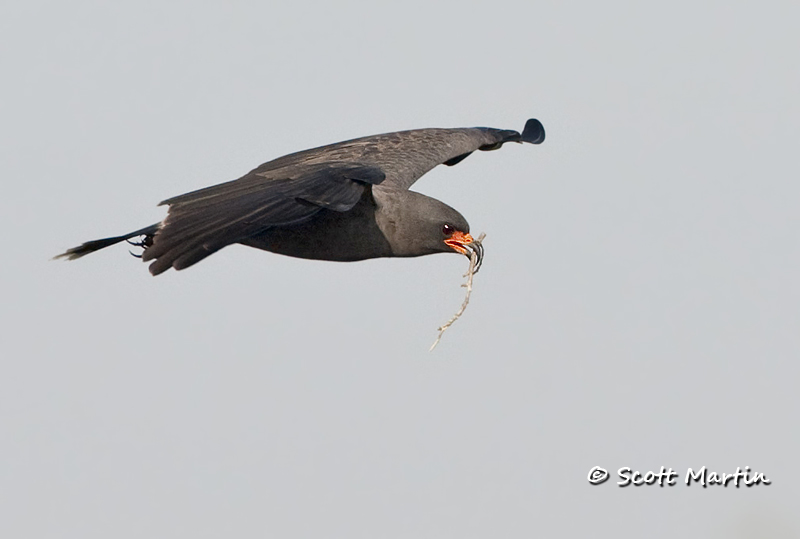
.
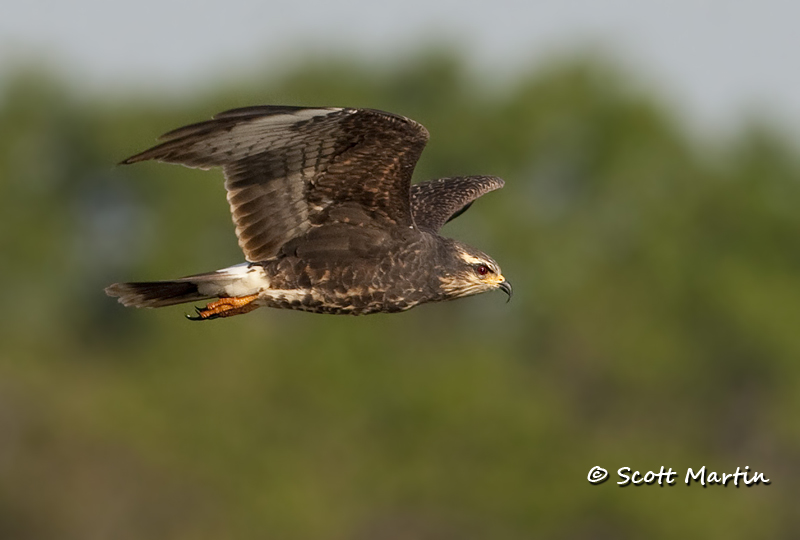
The next image shows the Snail Kite in its classic hunting pose, flying low to the water surface with its head down looking for the Apple Snails clinging onto the reeds below.
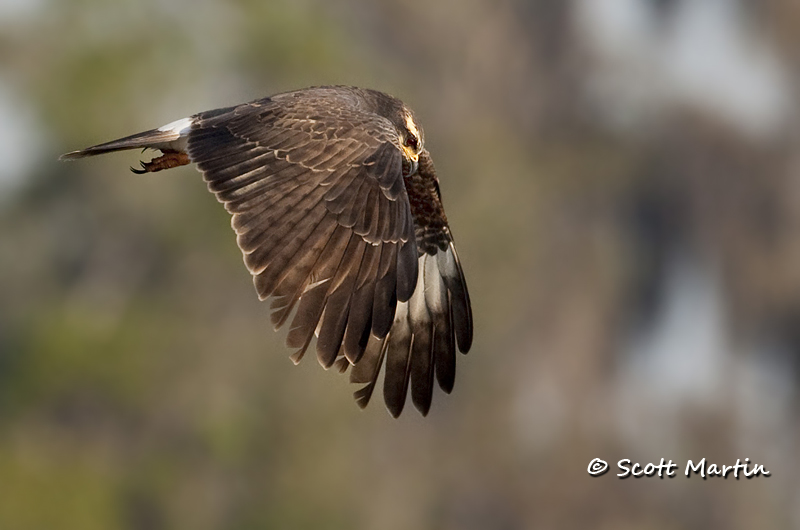
.
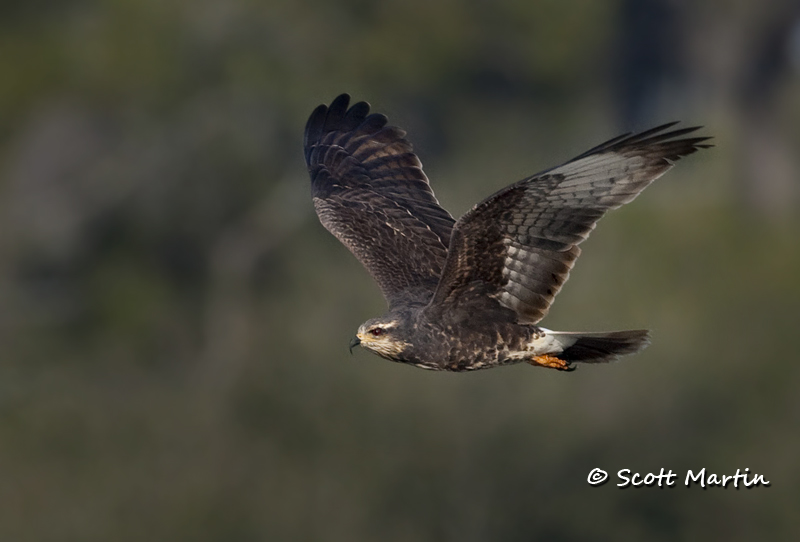
More images can be found in the Hawks, Falcons & Kites Gallery
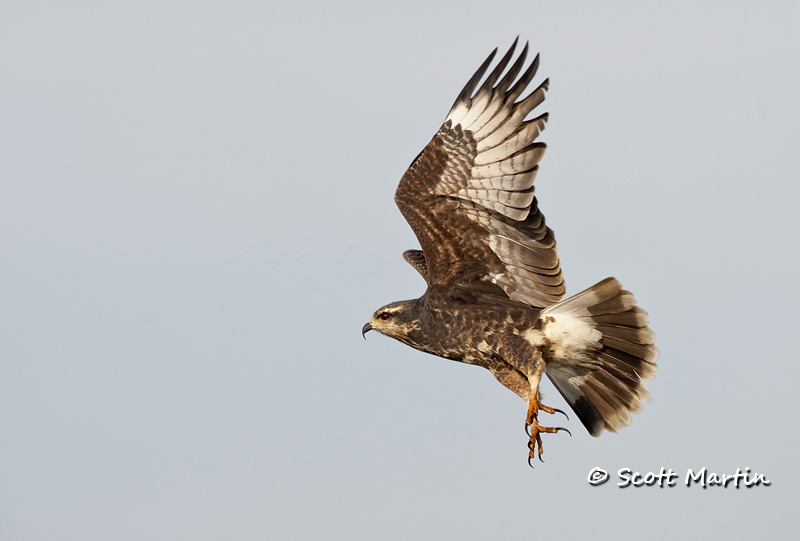
by Scott Martin Photography | May 11, 2011 | Birds, Blog, Raptors
Deb and I leave early this morning to head back to Florida for a few days during which we will be visiting the J.N. Ding Darling National Wildlife Refuge on Sanibel Island. Ding Darling is known for its migratory bird populations and although we will be a little late to see the migratory birds we are hoping to get some good shots of the resident birds. It’s a new spot for us to visit and we know it will be a pleasure to explore a new NWR.
Below are some new Snail Kite additions to the Hawks, Falcons & Kites Gallery on the website. These in flight shots were all taken in March of this year on Lake Toho, just south of Kissimmee in central Florida. Our guide and captain of the boat we chartered was excellent at knowing where to find the Snail Kites as well as positioning the boat to keep the morning light on the proper side of the birds! It’s always a huge added bonus when your guide is also a photographer 🙂

.
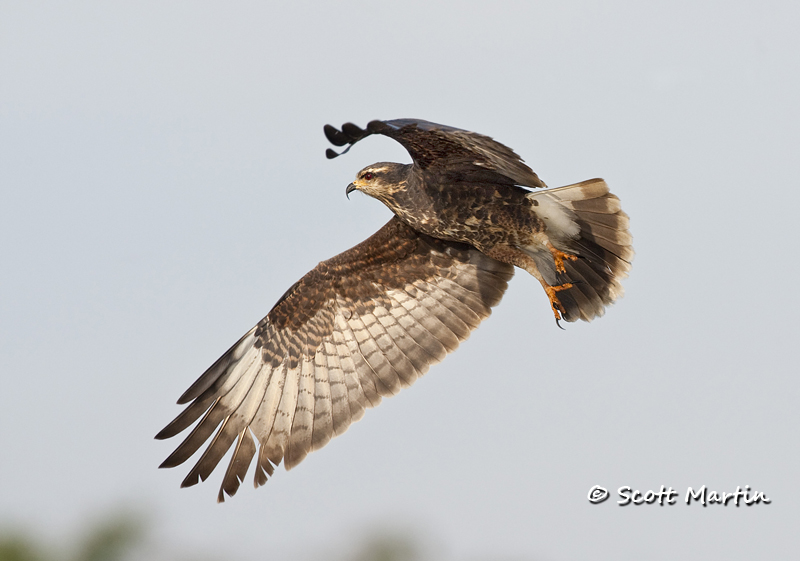
Sorry about the copyright covering the wing tips on this next image, however I use a batch command to add the copyright & watermark to a number of images at once and didn’t notice this until it was too late to change.
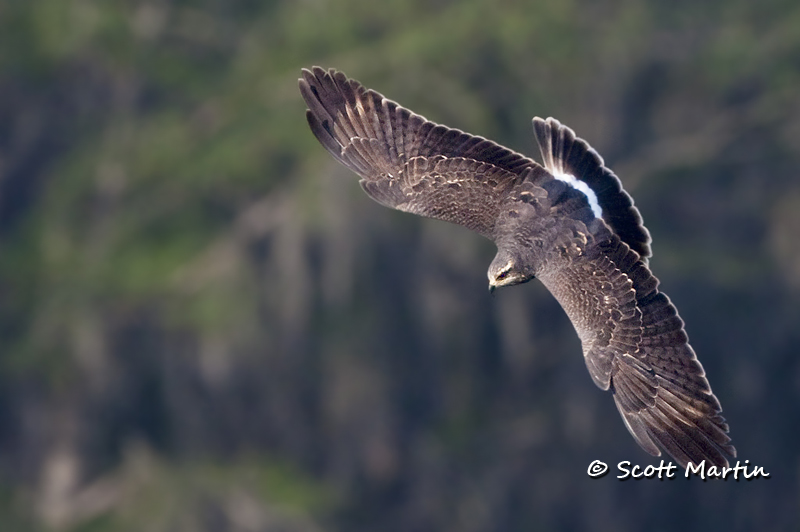
.
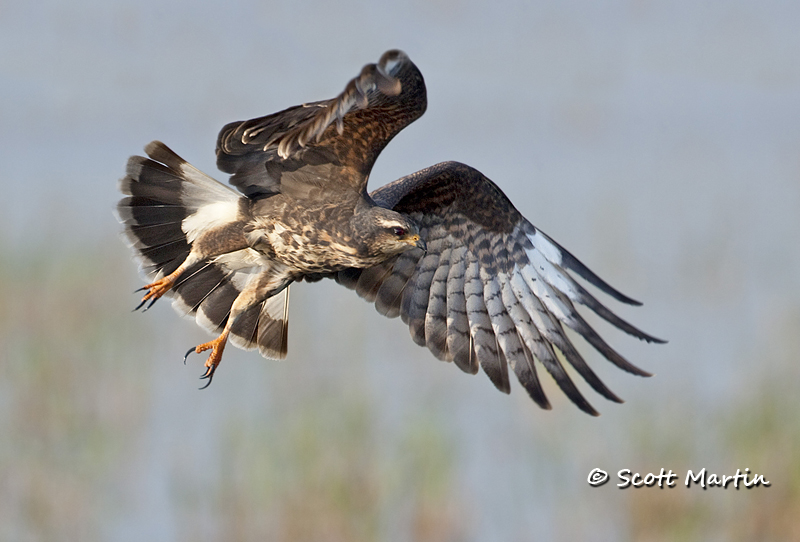
.
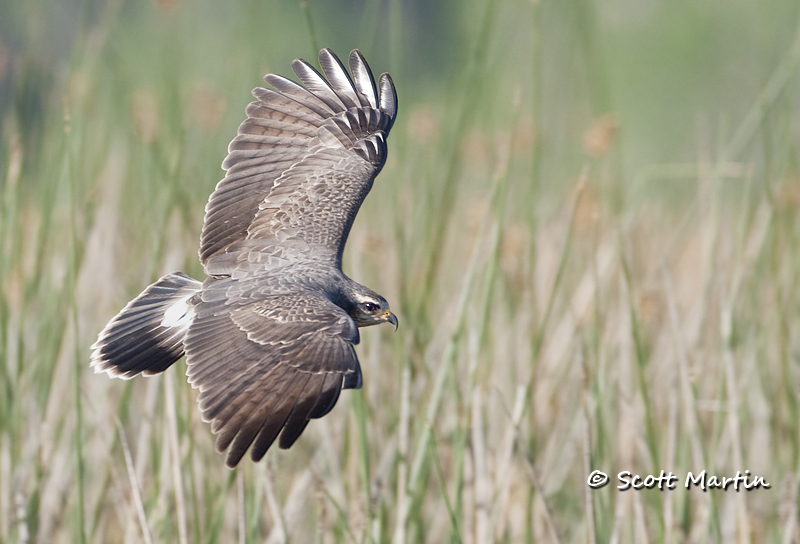
.
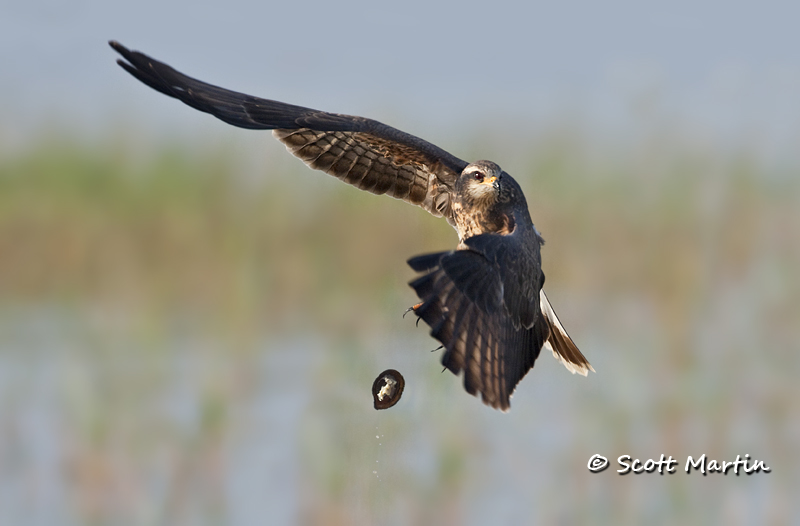
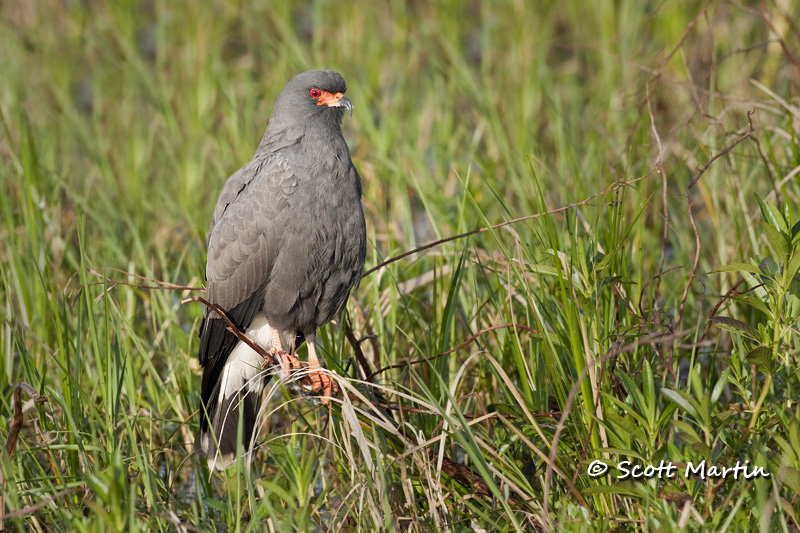
by Scott Martin Photography | May 8, 2011 | Birds, Blog, Raptors
Our family has spent the March Break holiday for last number of years in Kissimmee, Florida. March is a great time for bird photography as many of the birds are nesting and vibrant in their breeding plumage. One of our ‘target birds’ this year was the locally uncommon Snail Kite and we were fortunate to be able to photograph many of them while out on a boating charter in Big Lake Tohopekaliga or Lake Toho for short.
Snail Kites feed almost exclusively on Apple Snails which are only found in a few Florida lakes at a population level sufficient to support the kites. Lake Toho and Lake Okeechobee are two such lakes. The Florida population of Snail Kites was reduced to 20 by 1964 largely because of marsh draining and hunting, especially at Lake Okeechobee. Fortunately the population rebounded such that by 1983 an estimated 700 were living in Florida.
All of the images in today’s post were taken hand-held from a boat in Lake Toho.

The next in flight shot shows the typical ‘head down’ posture the Snail Kite assumes while searching for snails. They fly rather slowly and rely on their keen eye sight to spot the Apple Snails on the reeds below.
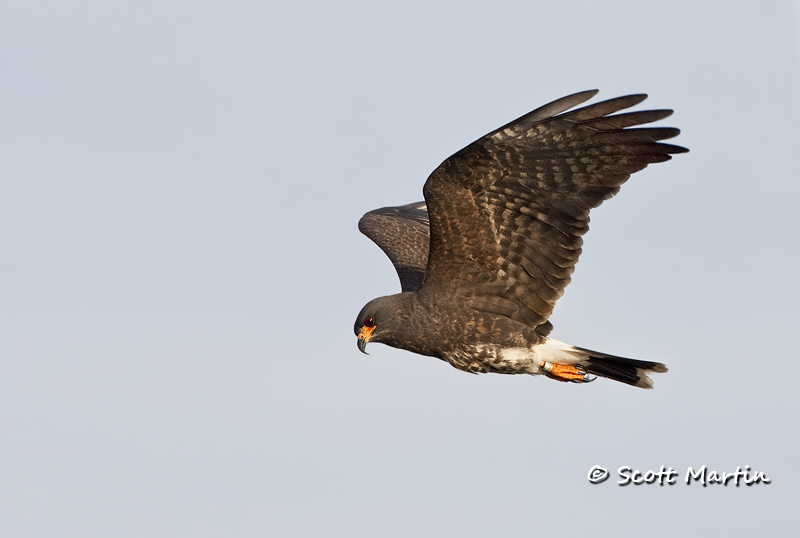
This image, although similar to the environmental shot above, is a full frame image taken in a vertical orientation at a distance of about twenty feet. It was a real treat to be so close to such an uncommon bird.
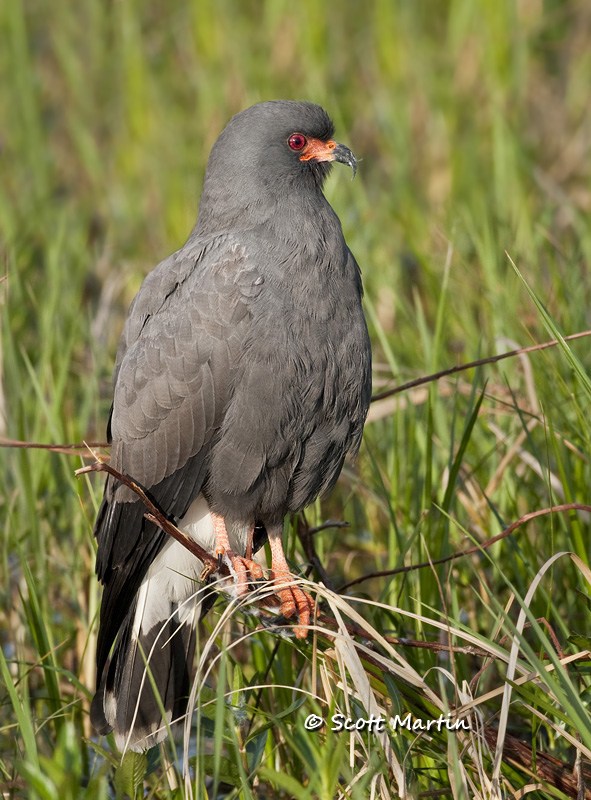
A rather big no-no for bird photographers is to post images of birds on man-made perches, so please forgive me for including this “bird on a pole” shot however the kite’s expression was simply too good to pass up!!
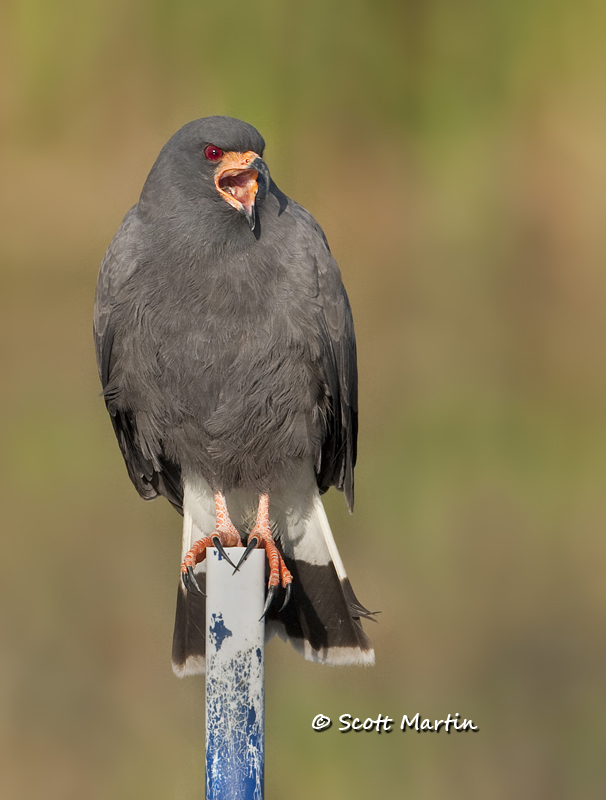
Happily the three hours we spent on Lake Toho resulted in a number of ‘keepers’ which I will try to post over the next couple of weeks.
Blessings and Happy Mothers Day to all the moms……you are loved!
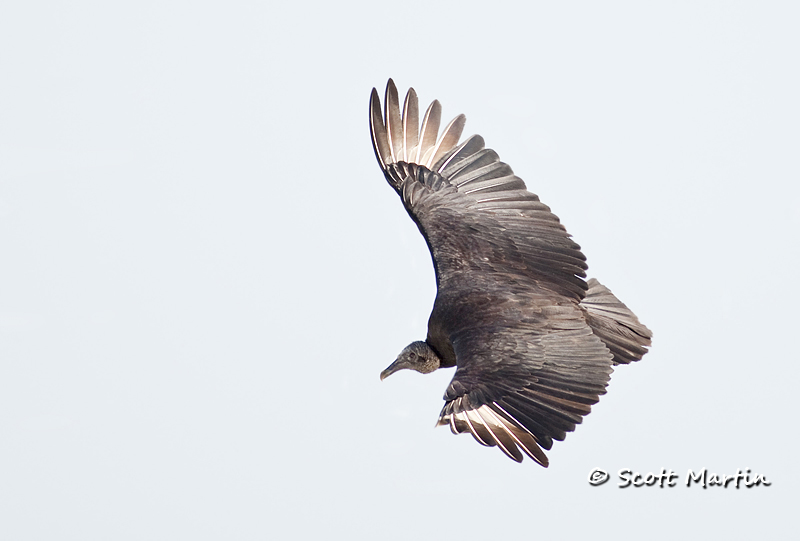
by Scott Martin Photography | Apr 19, 2011 | Birds, Blog, Raptors
Pretty much wherever you drive in the United States and the southern portions of Canada you will see vultures soaring overhead, with that characteristic wobble while gliding giving away their identity. If you are in the Northern States or Canada, you will probably be seeing the larger red-headed Turkey Vulture as the smaller and dark headed Black Vulture typically stays in the Southern & Eastern States. These two species are pretty much the only Vultures you will see in North America. The Turkey Vulture is the most common of the two and also enjoys the widest range with the global population estimated at 4,500,000. The Turkey Vulture is also known as a Buzzard.
Neither the Black Vulture or Turkey Vulture posses a syrinx (the vocal organ of birds) and therefore have no song to sing, resorting only to grunts and hisses which you will often hear when fighting over food. The two species of vulture are very similar with the Turkey Vulture being slightly larger than the Black Vulture. The most obvious difference between the two is head colour, red for the Buzzard and dark for the Black Vulture. A less obvious difference between the two is that the Turkey Vulture holds its wings in a slight ‘V’ formation while gliding where the Black Vulture holds its wings in a parallel position when soaring. While both types have superb visual acuity the sense of smell is much better in the Turkey Vulture which it uses to its advantage when looking for carrion, the primary food source for both vultures.
Vultures are species of birds we photographers often overlook, perhaps because we don’t have the opportunity to get close to them or perhaps it’s that they are not as glamorous as other birds, or even other scavengers like the Crested Caracara. Anyway, this winter I made the attempt to get some decent images of vultures and I trust you enjoy them. All of the Black Vulture images were taken at Cherie Beach which is on the Atlantic Coast of Florida just south of Cape Canaveral and were all shot using the Canon EF 400mm f/5.6 L lens. The image of the Turkey Vultures was taken from a boat in Lake Toho using the Canon EF 500mm f/4 L IS lens.
The 400/5.6 is probably the best lens available for in-flight shots because of its light weight, compact size and super fast auto-focus speed.

.
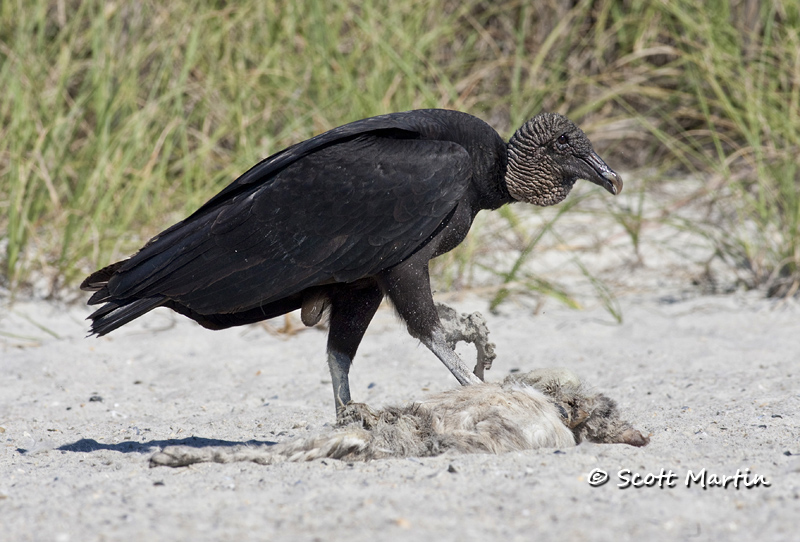
.
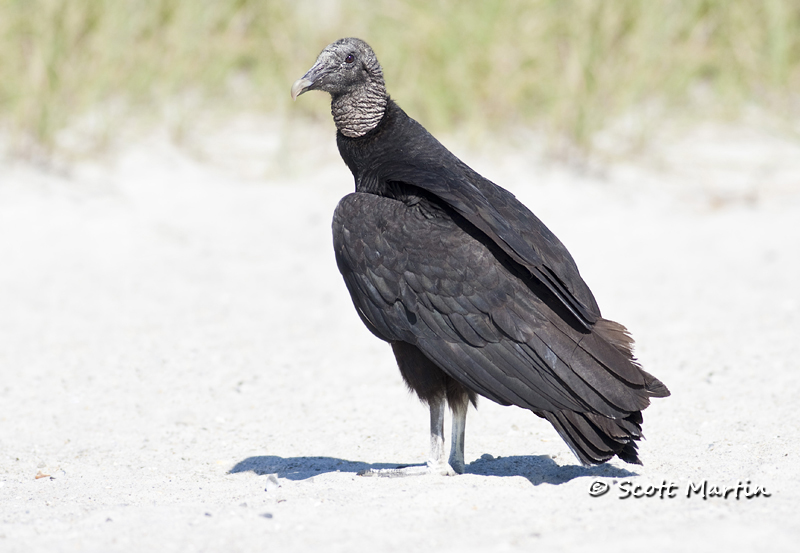
.
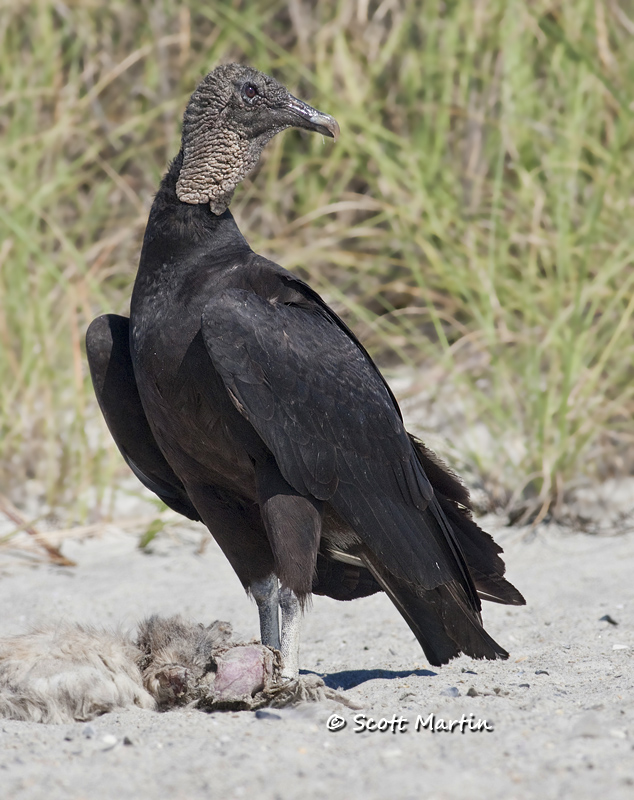
.
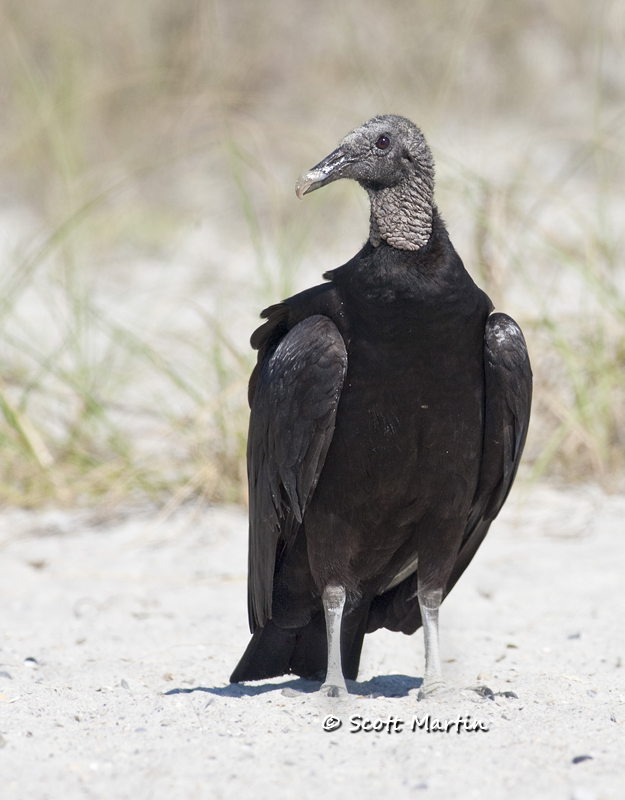
Two Turkey Vultures perched in a tree….this shot almost makes them look good 🙂
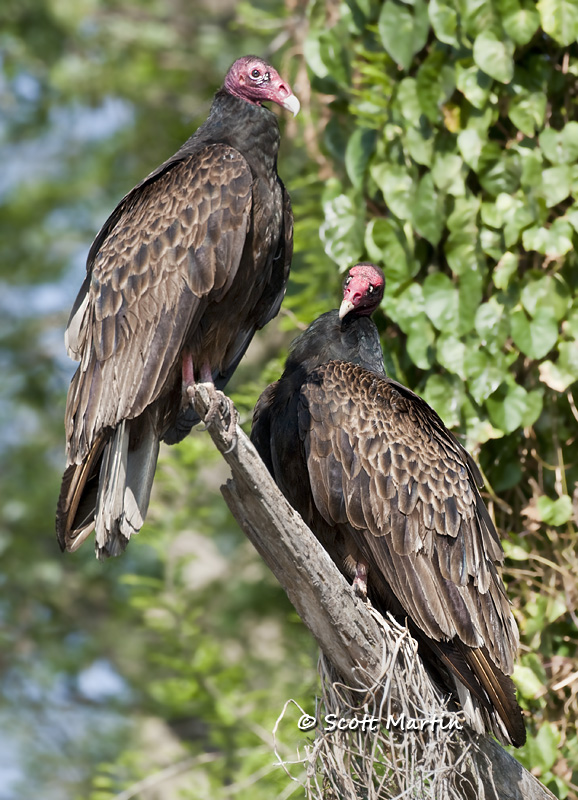
The last two images were taken a year ago at the Viera Wetlands and are of a Crested Caracara which I mentioned above as a better looking scavenger than the vultures. These images are unique as the Coot leg being taken back to the nest for the fledglings was not collected as scavenged carrion but rather the Coot was taken alive by the Caracara, a phenomenon I had not witnessed before as Caracara are primarily scavengers.
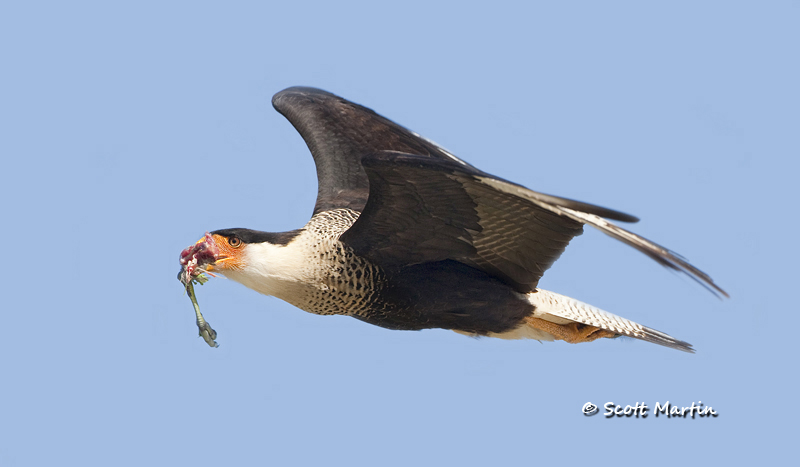
.
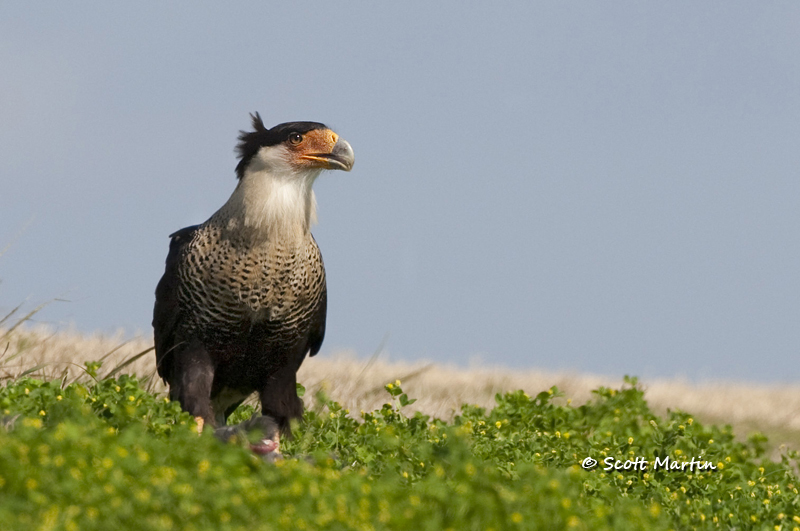
More images can be seen in the Vultures & Caracara Gallery
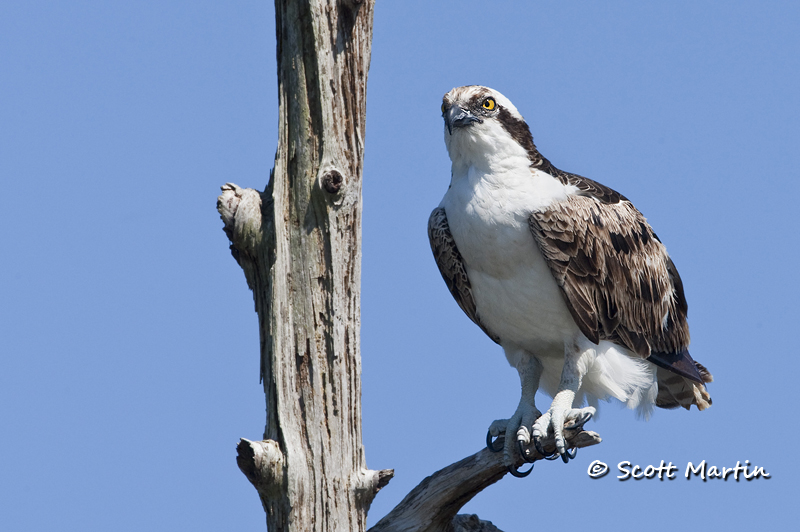
by Scott Martin Photography | Apr 12, 2011 | Birds, Blog, Raptors
The last blog entry concentrated on in-flight images of Osprey. It is very difficult to plan for in-flight shots although knowing the behaviour of the bird you are shooting does help in selecting the best vantage point to provide an increased likelihood of getting that perfect shot. Today’s post concentrates on a perched Osprey and a most fortunate situation where the bird remained on the perch for about ten minutes allowing time to set up for different shots and think about composition as well as positioning for the best light. All of the images today were shot using the EF 500mm f/4 L IS lens with a Canon 1.4x TC creating a focal length of 700mm. These shots were taken using a monopod as I didn’t want to risk setting up the tripod and have the bird leave his perch before I was set up…..an unfortunate occurrence that virtually every bird photographer has experienced at least one too many times!
These images are helped by a great perch that itself is visually interesting, a beautiful blue sky and a healthy Osprey who was perched only twelve feet above the surface of the water at the Viera Wetlands on the East coast of Florida.
This first image is a bit awkward compositionally as the free space required on the left (providing space for the bird to look into) positions the perch too centrally in the image for my liking and the angle to the sun leaves fairly large shadows across the neck and chest of the bird.

The next two images were taken from the same position however the ‘over the shoulder’ pose of the Osprey allows for free space to be placed on the right side of the image, moving the perch to a position that is much more appealing than in the first image. This results in the second & third images being much better photographs than the first. The third image was ‘warmed’ a little in post processing by increasing the white balance temperature about three hundred degrees. Adjusting the white balance in post processing can create subtle to rather dramatic changes in the final image, which is one of the many reasons to always shoot in RAW format where exposure and white balance can be adjusted in post processing. Neither of these two parameters can be changed if you shoot in JPEG format.
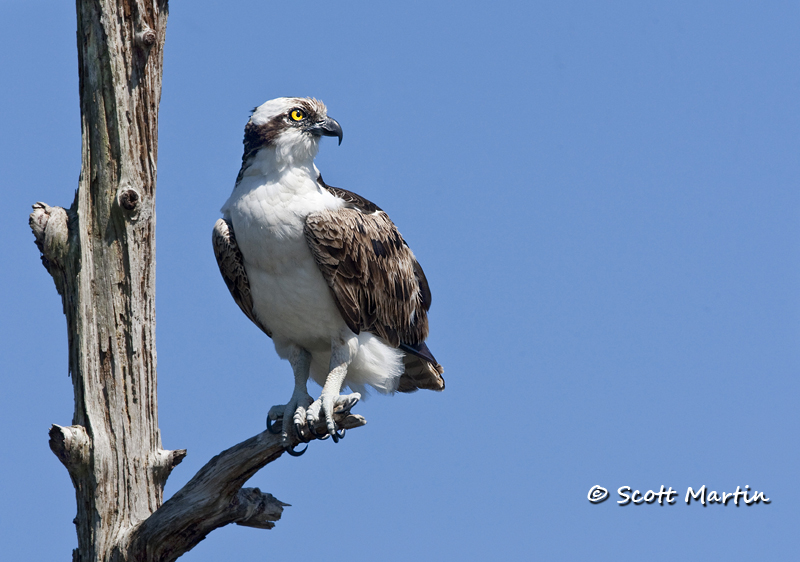
.
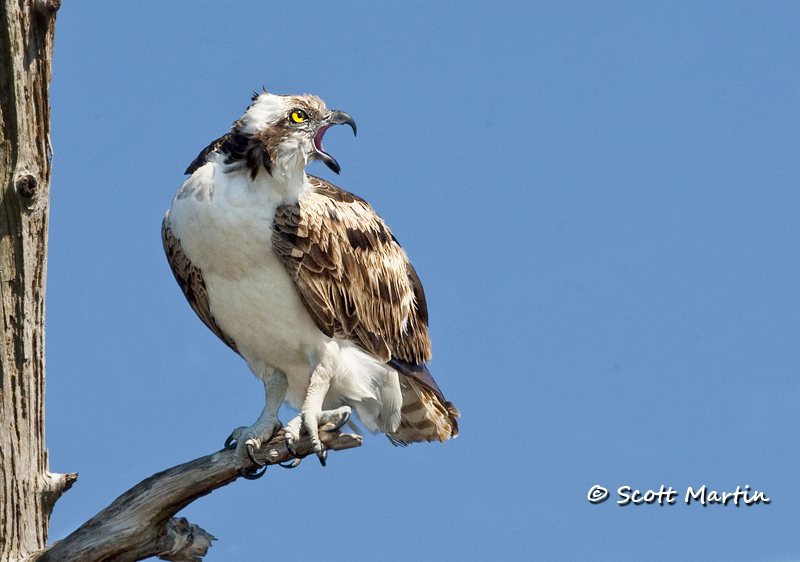
The position for the next image was changed in order to minimize the shadow across the neck of the bird, however doing this moved the perch directly behind the body of the bird, which should generally be avoided. Cropping the image vertically and keeping the perch out of the centre of the frame helps improve the composition. Shooting birds and landscapes in a portrait orientation is not often suggested, however often works well. When Bryan Peterson was asked when to shoot in a vertical format, his answer was “only after you’ve already taken the shot in a horizontal or landscape format”. This is good advice so after you’ve got all the shots you want in the landscape perspective, don’t forget to turn your camera ninety degrees and take a few more shots.
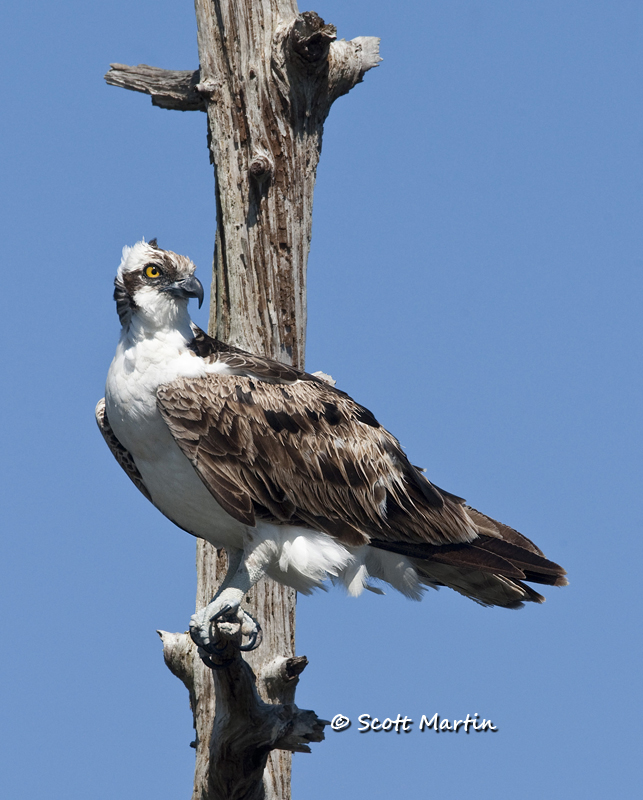
After posing wonderfully for about ten minutes it was time to head off and find another fish.
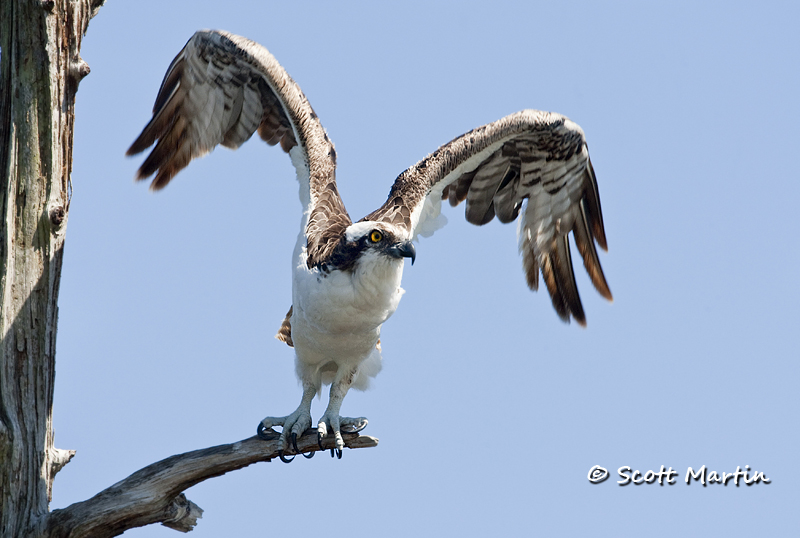
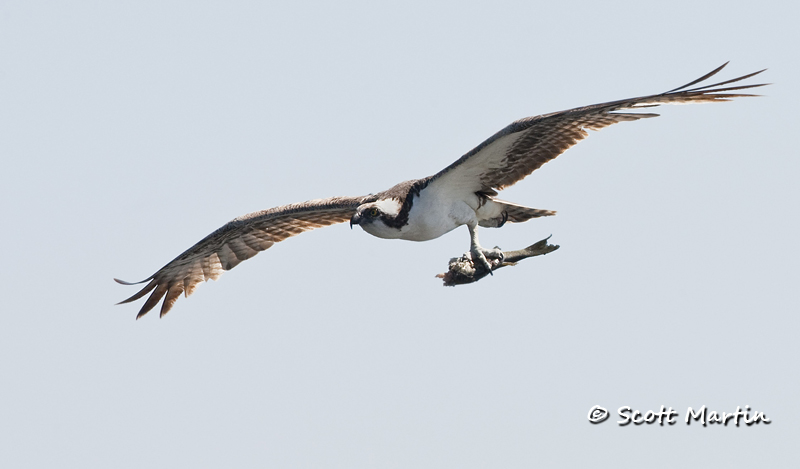
by Scott Martin Photography | Apr 10, 2011 | Birds, Blog, Raptors
Its been a whirlwind of activity around our place over the past month, so there has not been much time to process images and write blog posts, however it looks like things will be settling down a little and I can post some new images over the next few weeks.
Although Osprey used to be known as “Fish Hawks”, they should more accurately be known as “Salt or Sea Eagles” based on their scientific name, Pandion haliaetus (Greek ‘hal’ = salt or see; ‘aetos’ = eagle). The Osprey is the only raptor that feeds exclusively on live fish, which they catch by plunging into the water talons first, with such a force that they often completely submerge before coming up with a fish.
When Osprey fly while carrying a fish they always rotate the fish so it faces head first providing better aerodynamics as can be seen in these first two images.

.
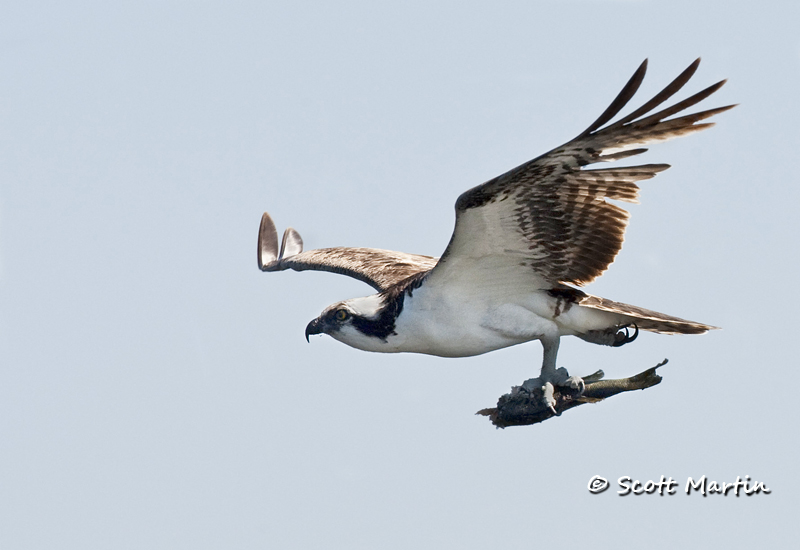
This is the same Osprey perched and ready for his meal, however I don’t think he liked having the camera pointed at him.
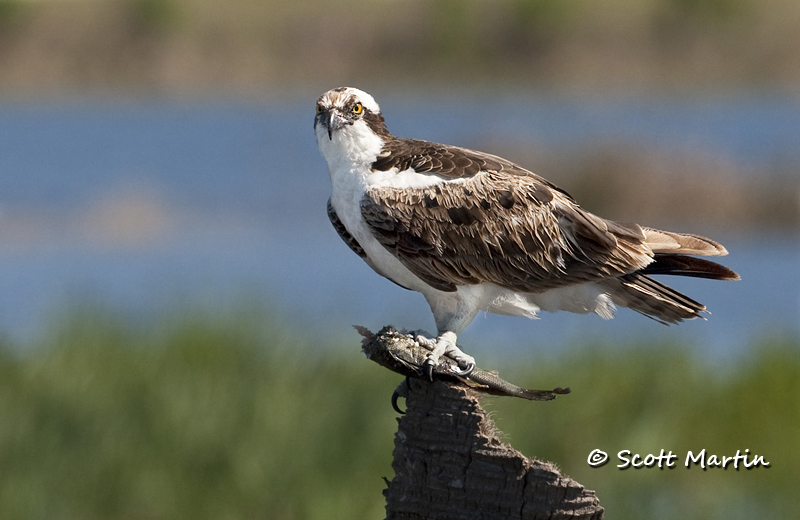
The previous three images were shot at the Viera Wetlands which are on the Atlantic Coast of Florida not too far south of Cape Canaveral and Cocoa Beach. The next image was taken at the Sebastian Inlet Nature & Wildlife Preserve which is located about an hour south of the Viera Wetlands. It’s not a great image however I like the way the strong back lighting illuminates the wings.
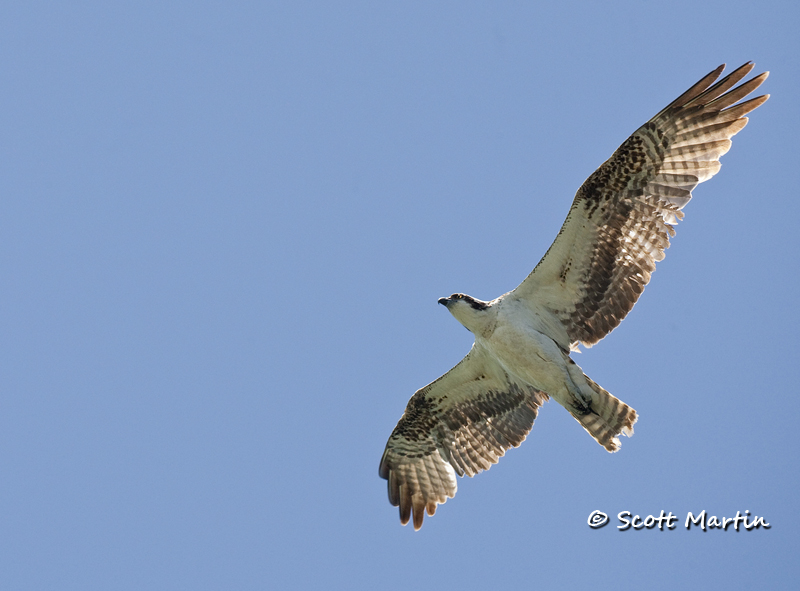
The next in flight image was taken from a boat we chartered in Lake Toho in order to photograph Snail Kites (which will be posted soon). Lake Toho is near Kissimmee in Central Florida.
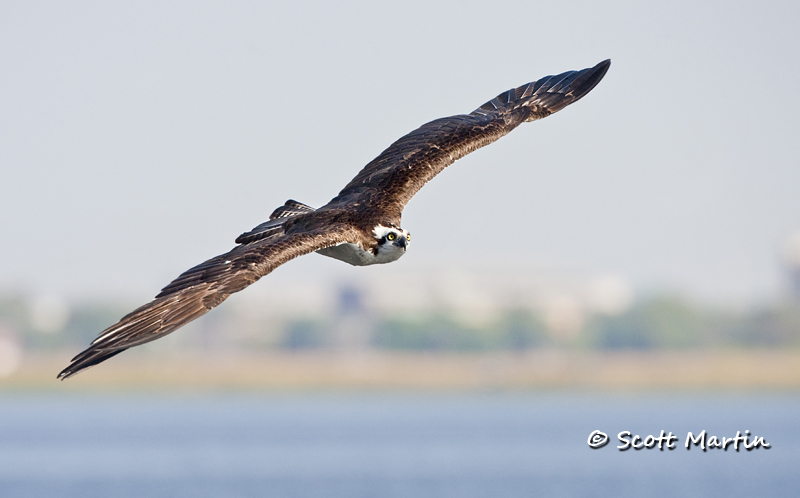
The last image for this blog post shows a female Osprey incubating her eggs which is a job shared by both parents. Osprey build large nests which they continue to construct over the years until they become quite huge. They are often built on platforms placed on telephone poles along highways in the south. In this case they were nesting on top of a wooden pole out in Lake Toho about ten feet above the lake surface.
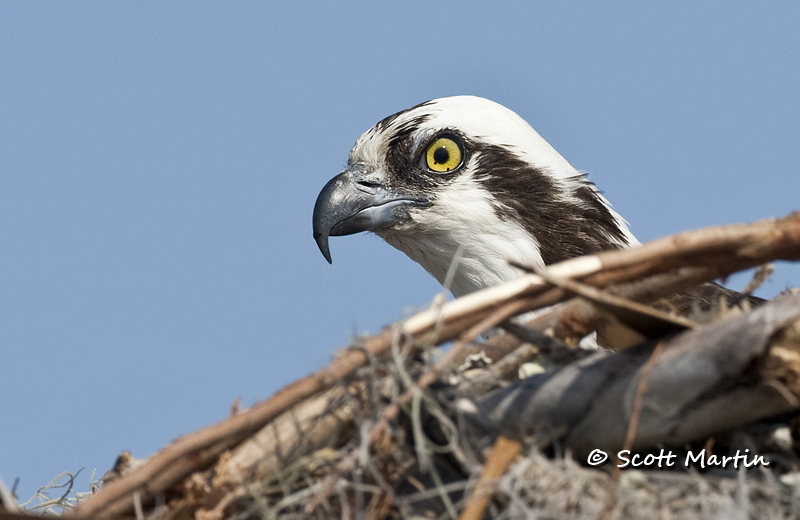
I’ll post part two of the Osprey photographs in the next couple of days.









































Follow Scott Martin Photography